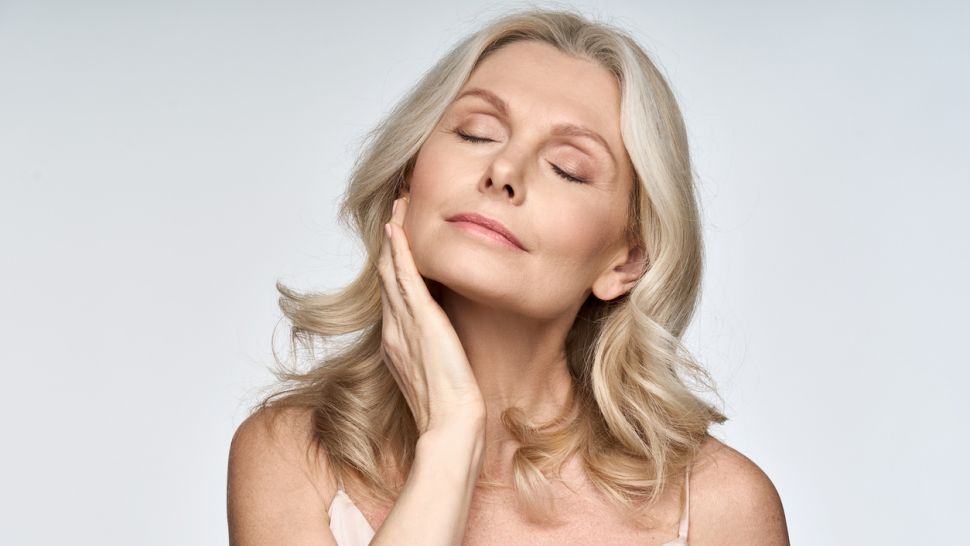Changes in the structure of the hair are observed – the amount of pigments decreases and the fibers that make up the hair become thinner. For this reason, the hair becomes finer, more fragile, prone to breakage, loses its density, and acquires a grayish-white color. Also, a large number of hair follicles lose their activity and do not produce new hair, which leads to hair loss and alopecia. White hairs are the most characteristic manifestation of hair aging processes.
Its color is due to the natural presence of the pigment melanin, which is produced in the hair follicles, where the hair grows. As we age, the follicles begin to release less and less melanin, which changes the color of the hair. White hairs usually appear after the age of 30. Another characteristic change observed with advancing age is the disruption of the life cycle of the hair follicles. Hair has a natural cycle in which it alternates between phases of growth, rest, and shedding, after which it is replaced by the appearance of new hair.
At a young age, the shedding phase lasts between 2 to 7 years, but with advancing age, this phase becomes shorter and the rate of growth decreases significantly. In this way, the fibers that make up the hair lose their density and length. The most common type of hair loss with advancing age is androgenic, which occurs in both women and men. The leading causes are genetic predisposition and hormonal changes. These factors lead to gradual thinning of the hair and loss of activity of the hair follicles, which causes loss of density, growth disorders, and pulling back of the front hairline.
In addition, hair loss in older age may be due to the presence of accompanying diseases or the intake of certain therapeutic agents. Yeah, they’re like that:
Anticoagulants;
Medicines to control cholesterol;
Antiepileptics;
Medicines for the treatment of cardiovascular diseases;
Antidepressants;
Arthritis treatment;
Parkinson’s Therapies;
Medicines for the treatment of ulcers.
Lifestyle and diet are key to maintaining hair health and can lead to accelerated aging processes. An unbalanced diet leads to an insufficient supply of nutrients to the hair, which is a predisposing factor for hair loss. Stress is another factor that favors the appearance of gray hair and loss of hair density.
Therefore, at this age, it is important to eat foods rich in vitamins B and D, as well as protein, minerals, zinc, and iron to maintain optimal hair health. These nutrients are found in foods such as green leafy vegetables, fruits, white fish, legumes, and nuts. During this stage of life, it is important to avoid irritating the scalp, which becomes increasingly sensitive. Therefore, shampoos suitable for the hair type should be used, with a gentle formula, which should be applied with massaging movements to stimulate blood supply. In addition, the application of masks and nourishing hair creams can also contribute to restoring volume and facilitating styling.
